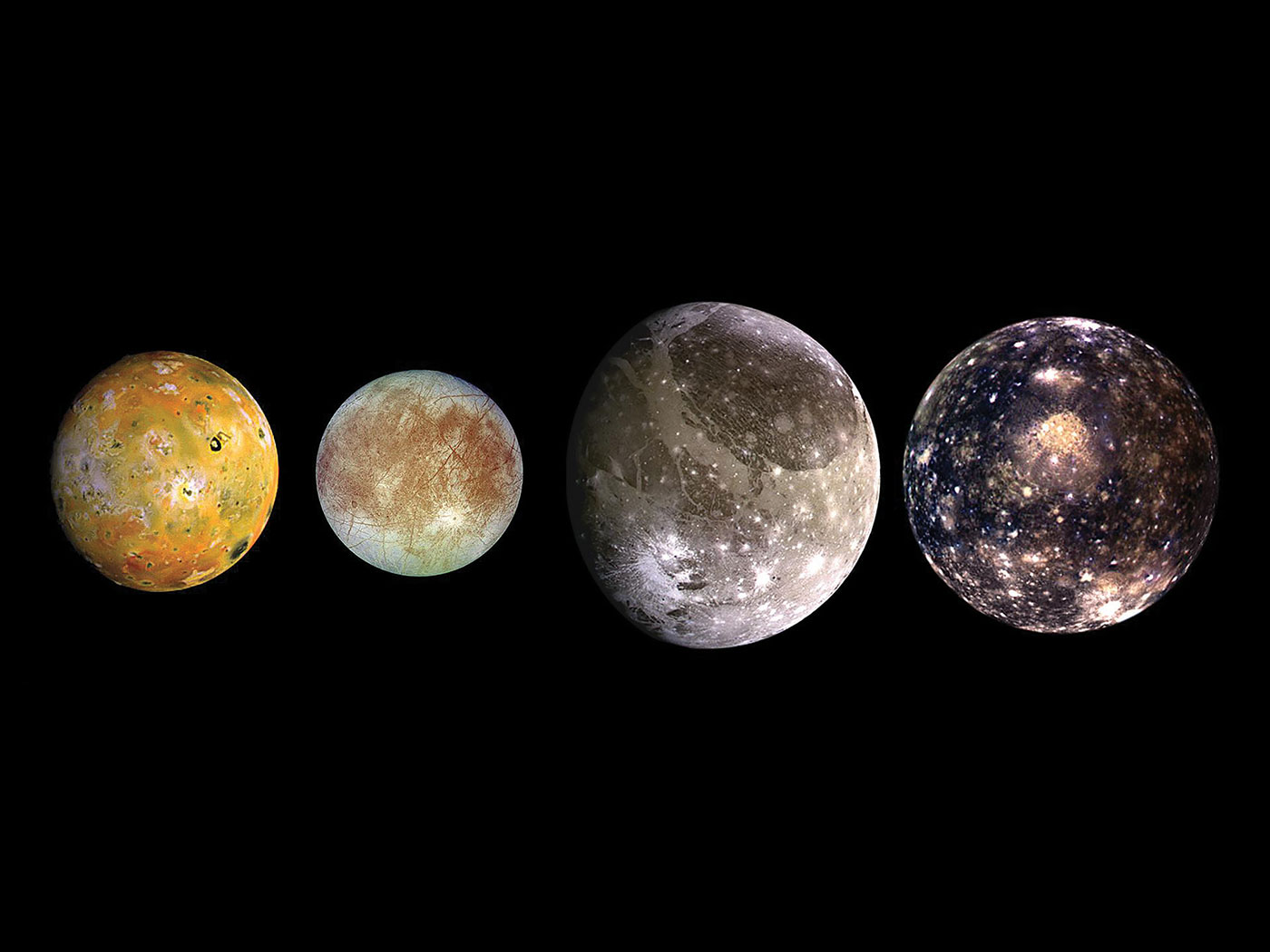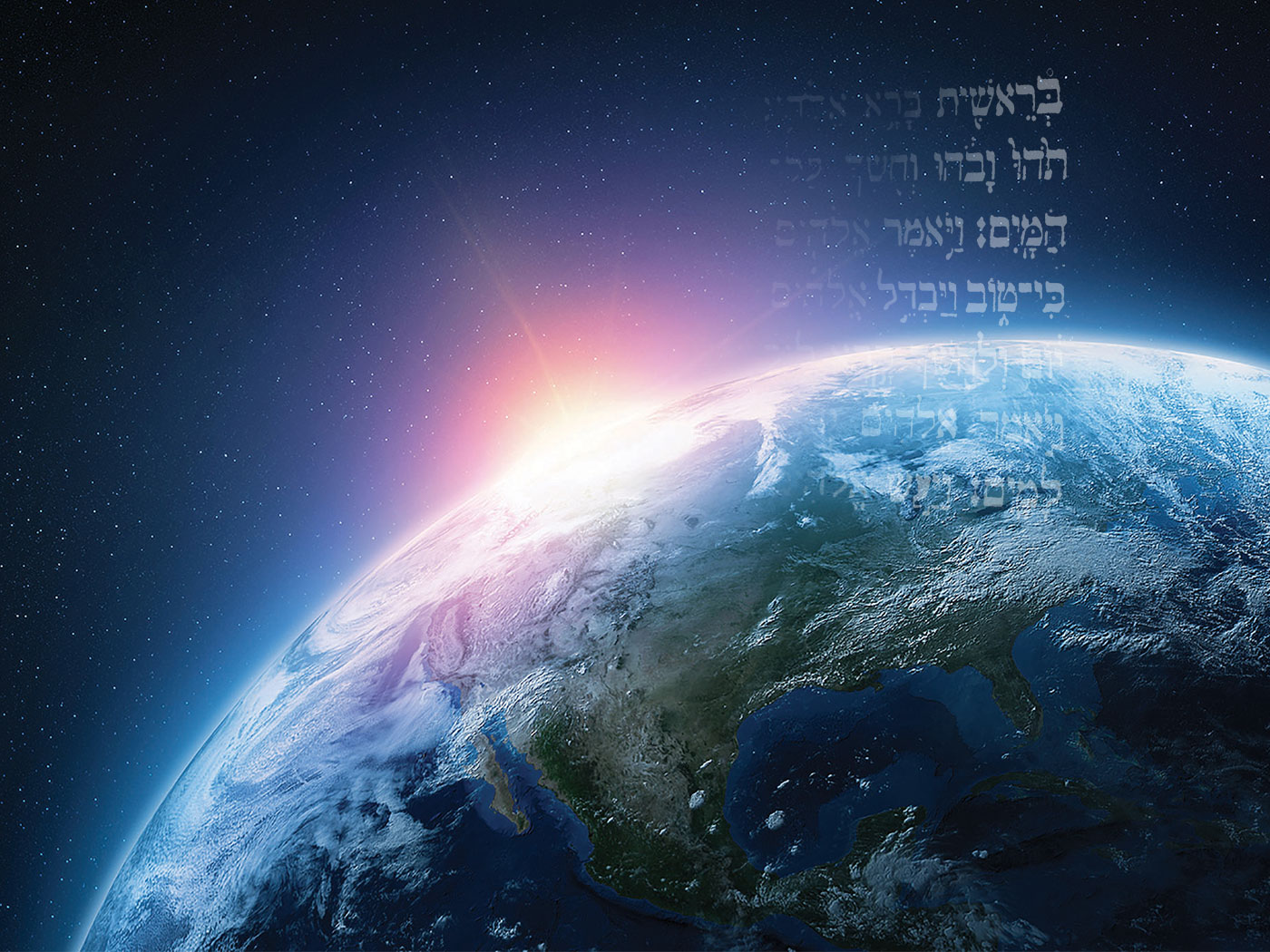Researchers claim to potentially have solved the mystery of the wooly mammoth’s mass extinction.1 After drilling permafrost cores in Alaska, Canada, and northern Russia, a team led by Eske Willerslev of the University of Copenhagen analyzed DNA remnants of Arctic vegetation within those cores. Based upon their analysis of the cores, they concluded that edible plants called forbs (which include sagebrush, yarrow, and mums) were once much more abundant upon the Arctic steppes. Furthermore, the stomach contents within mammoth and other animal carcasses seem to indicate that the mammoths preferred these forbs. The scientists theorize that an “invasion” by grasses crowded out the forbs, greatly reducing the amount of the mammoths’ preferred foods. But is this really an adequate explanation? Researchers have long assumed that mammoths did eat grasses, as do modern-day elephants. Yet, even if the mammoths preferred forbs, they could still have presumably subsisted on a grass-rich diet.
This is only the latest of many theories offered to explain the wooly mammoth’s extinction. As recently as 2013, scientists attributed the animal’s disappearance to a warming climate.2
Not only is the extinction of the wooly mammoth difficult for secular scientists to explain, but perhaps somewhat surprisingly, the creature’s past presence in large numbers in Siberia and other places is also problematic. In secular thinking, we are now living within a warm, relatively short “interglacial” period that separates longer, colder “glacials” or ice ages. Yet even in today’s supposedly warmer climate, the long winters in Siberia are extremely cold, with temperatures often reaching -40°C or lower!3 How could even the wooly mammoths have tolerated such extremely cold temperatures?
Numbering in the millions, the mammoth herds were too numerous and slow-moving to travel to warmer regions during the winter.4 And even if they could have migrated during winters and returned to Siberia in the summers, the warmer months would also have threatened them, as the sun would have melted the top layers of permafrost and created treacherous bogs for the large beasts to navigate.
It stands to reason that Siberia’s past climate must have actually been warmer than it is today, with an absence of permafrost. However, this presents an additional problem for secular, uniformitarian theories that assume the exact opposite—a colder climate prior to what they would consider our current warmer “interglacial.”
Creation scientist Michael Oard presents a convincing explanation for the mammoth’s extinction.5 In the creation model, conditions would have been ripe for the Ice Age quickly following the Genesis Flood. Large amounts of volcanic activity during the Flood, as well as the potentially warm waters coming from the “fountains of the great deep” (Genesis 7:11), would have resulted in much warmer post-Flood oceans, perhaps by tens of degrees Celsius. Even the Arctic Ocean would have been ice-free shortly after the Flood, and this is the key to explaining how wooly mammoths could have once lived in these Arctic regions—warm, moist air flowing from the Arctic and Pacific oceans onto the land would have provided the milder climate needed to support the vegetation that sustained the mammoths.
As the oceans gradually cooled, Arctic sea ice would have eventually formed, resulting in a much colder and drier climate. Colder temperatures in the Arctic regions would have produced dramatic temperature differences between high and low latitudes, resulting in very strong winds. These winds would have carried enormous amounts of silt through the atmosphere, not unlike the 1930s Dust Bowl in the Midwestern United States. This combination of a very cold, dry climate and windblown silt would have overcome the slow-moving mammoths, explaining the large number of mammoth bones found in “yedomas” or “edomas”—hills containing large amounts of ice and loess (windblown silt). Although it has long been popular to attribute the wooly mammoth extinction to some kind of a “quick freeze” in which temperatures quickly dropped to below -150°F, Oard presents a much more plausible and compelling explanation for the mammoth’s disappearance.6
References
- Vergano, D. Woolly Mammoths Wiped Out by Grass Invasion? National Geographic Daily News. Posted on nationalgeographic.com February 5, 2014 accessed, February 7, 2014.
- Green, T. Woolly Mammoth Extinction Partly Caused by Climate Change, Reveals New Study. International Business Times. Posted on ibtimes.com September 11, 2013, accessed February 7, 2014.
- Taylor, A. A Siberian Winter. The Atlantic. Posted on theatlantic.com February 27, 2013, accessed February 18, 2014.
- Osborn, A. Russia digs up woolly mammoth remains for guilt-free ivory. The Telegraph. Posted on telegraph.co.uk September 26, 2010, accessed February 18, 2014.
- Oard, M. 2000. The extinction of the woolly mammoth: was it a quick freeze? Journal of Creation. 14 (3): 24-34.
- Oard, M. 2004. Frozen in Time: Woolly Mammoths, the Ice Age, and the Biblical Key to Their Secrets. Green Forest, AR: Master Books, 51.
* Dr. Hebert is Research Associate at the Institute for Creation Research and received his Ph.D. in physics from the University of Texas at Dallas.
Article posted on February 28, 2014.











